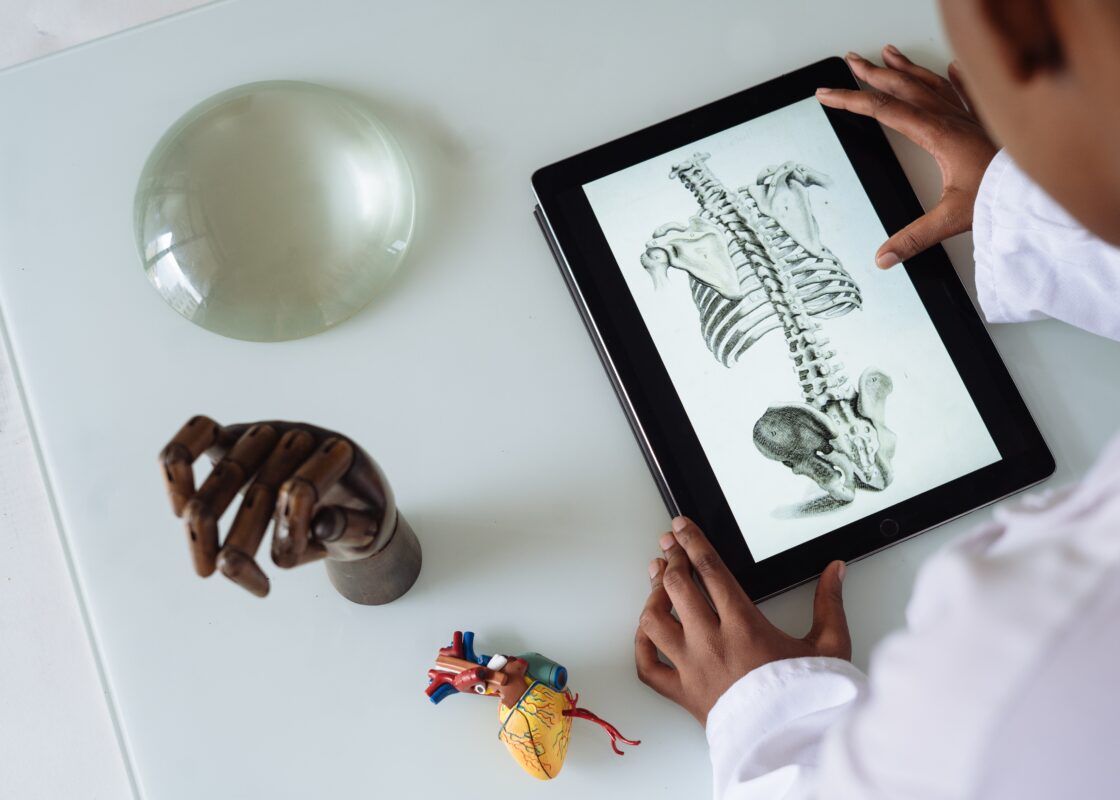Uncategorized
Emerging trends in tissue engineering for organ regeneration

The field of tissue engineering has experienced remarkable growth over the past few decades, offering unprecedented hope for those in need of organ transplantation. With the shortage of donor organs and the challenges of immune rejection, researchers are turning to innovative tissue engineering techniques to develop functional replacement organs. In this article, we will explore the exciting emerging trends in tissue engineering that are shaping the future of organ regeneration.
1. Bioink and 3D Bioprinting: One of the most promising trends in tissue engineering is the advent of bioinks and 3D bioprinting technology. Bioinks are materials that can be loaded with living cells and printed layer by layer to create intricate structures. This technology allows researchers to create customized and complex organ-like structures with precise cellular arrangement. From skin to blood vessels and even heart tissue, bioprinting is paving the way for organ regeneration on a previously unimaginable scale.
2. Decellularization and Recellularization: Decellularization involves removing cellular content from donor organs, leaving behind a scaffold composed of the extracellular matrix. This scaffold can then be recellularized with patient-specific cells to create functional organs. This trend has shown promise in organs like the heart, kidney, and liver. By using the patient’s own cells, the risk of immune rejection is minimized, making these regenerated organs potentially viable alternatives to traditional transplantation.
3. Organoids and Miniature Organs: Organoids are simplified, three-dimensional structures that mimic the characteristics of organs. These miniature organs are typically grown from stem cells and provide a platform for studying disease progression, drug testing, and personalized medicine. While not fully functional replacement organs, organoids offer valuable insights into organ development and function, paving the way for more advanced tissue engineering approaches.
4. Biomaterial Advances: The development of novel biomaterials is a crucial trend in tissue engineering. These materials provide the scaffolding necessary for cells to adhere, proliferate, and differentiate into functional tissue. Advances in biomaterial science have led to the creation of materials that closely mimic the native extracellular matrix, enhancing cell attachment and tissue integration. These biomaterials play a critical role in the success of engineered organs.
5. Organ-on-a-Chip Technology: Organ-on-a-chip technology involves creating microfluidic devices that replicate the structure and function of organs on a small scale. These devices allow researchers to study the effects of drugs, toxins, and diseases on specific organs in a controlled environment. Organ-on-a-chip platforms provide valuable insights into organ behavior, aiding in the design and optimization of tissue-engineered organs.
6. Gene Editing and CRISPR Technology: The emergence of gene editing techniques, particularly CRISPR-Cas9, has revolutionized tissue engineering. Researchers can now modify the genetic makeup of cells to enhance their regenerative potential and ensure compatibility with the host. This technology holds promise for developing engineered tissues that can better integrate with the recipient’s body and function optimally.
In conclusion, the landscape of tissue engineering for organ regeneration is rapidly evolving, driven by innovative technologies and a growing understanding of cellular biology. These emerging trends offer new possibilities for addressing the critical shortage of donor organs and improving the lives of individuals awaiting transplantation. While challenges remain, the strides made in bioink printing, biomaterial design, and organoid development hold the potential to reshape the future of medicine and redefine what is possible in the realm of organ regeneration.


